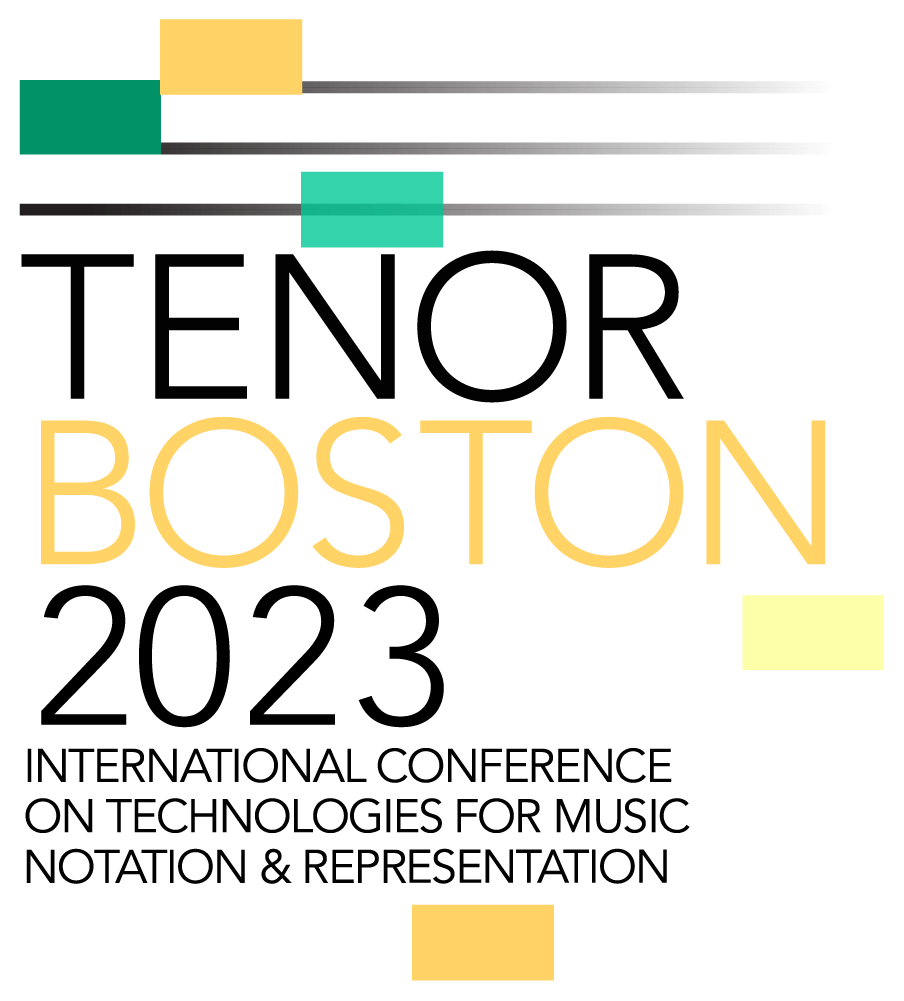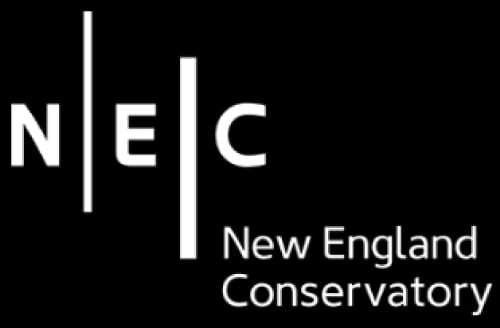TENOR BOSTON 2023
What is TENOR?
May 15-17, 2023
International Conference on Technologies for Music Notation and Representation
Day(s)
:
Hour(s)
:
Minute(s)
:
Second(s)
What is TENOR?
“TENOR,” the International Conference on Technologies for Music Notation and Representation, is dedicated to issues in theoretical and applied research and development in Music Notation and Representation, with a strong focus on computer tools and applications, as well as a tight connection to music creation. “Technology” in the conference name refers to any mean that may contribute to the notation, representation and/or visualization of the music and sound, for purposes that may include (but not limited to) music composition, performance, representation, transcription, analysis and pedagogy.
The international home page for the TENOR Conference can be found at https://www.tenor-conference.org/. There you will find details about previous conferences, including all proceedings; information about the international steering committee and hosting the conference, and the TENOR network.
What follows are a few images associated with papers from TENOR 2022, held at the PRISM Laboratory Marseille, France; hosted by the interdisciplinary art-science laboratory PRISM, in collaboration with the InCIAM Institut and Aix-Marseille University (AMU). These papers can be accessed in full on the TENOR 2022 website.
Flute Score n Avatar, by Jonathan Bell, PRISM, which uses the VR software PatchXR, automatic transcription from the Ears package for Max, and Pierre Alexandre Tremblay’s Flucoma package.
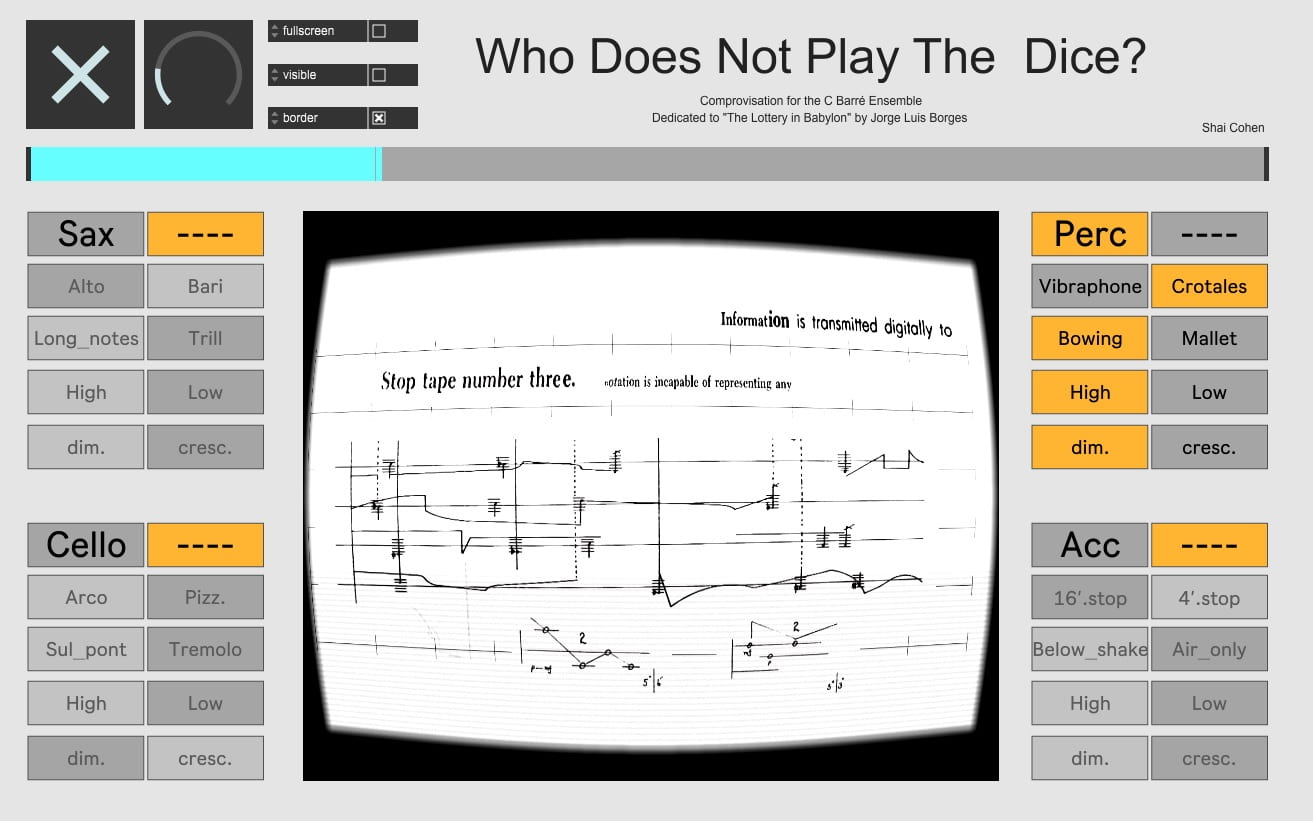
Figure: Who Does Not Play The Dice by Shai Cohen is a composition dedicated to Borges’s “The Lottery in Babylon” story which explores the role of chance in life, whether we truly deserve certain things or if everything in life is simply a matter of luck. The audio-visual “tape” material is referring to several aleatoric works from the twentieth century. Many of those works include graphic notations that describe the music vaguely, a phenomenon that allows for unexpected, but desirable, events to occur. In this piece the lotteries are held in the area of instrumentation, register, techniques, dynamics, and signal processing: ring modulation, transpose, and 8 channel routing.
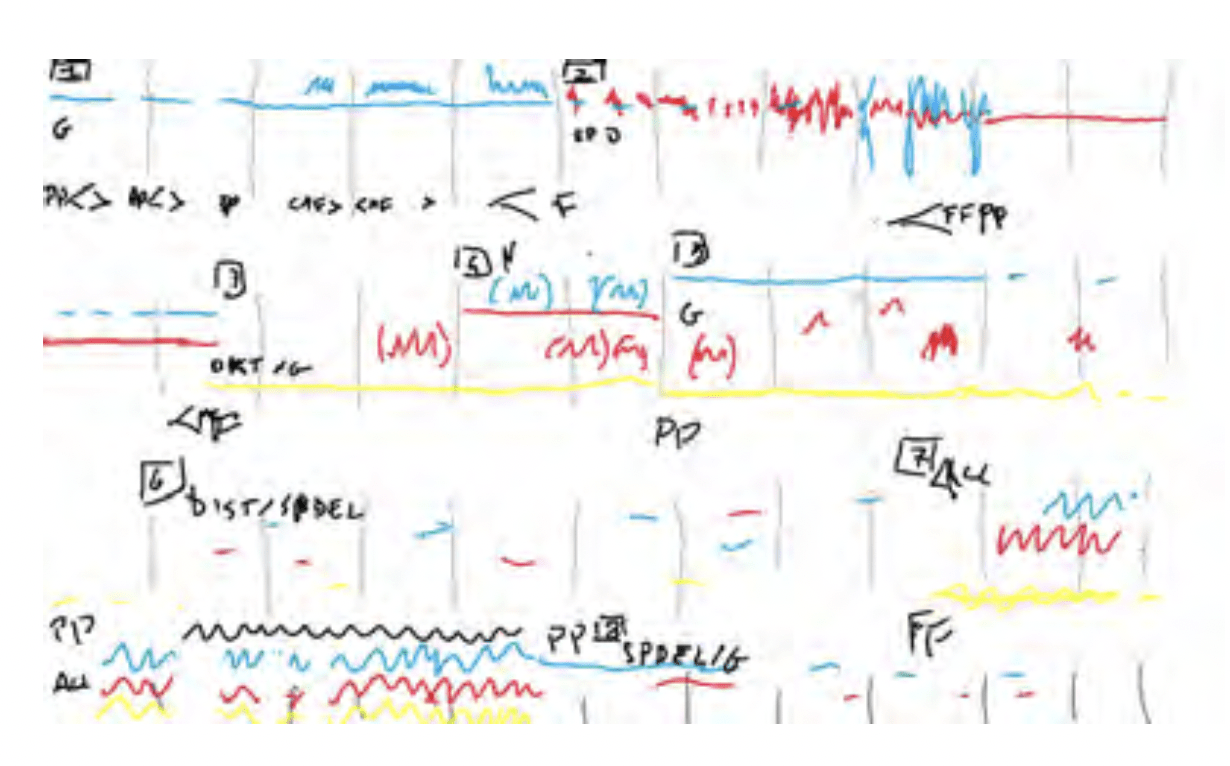
Figure: The performance outline for one concert. Different colors indicate different types of Virtual Objects, therefore different timbral references for the instruments (and different sets of extended techniques). The shapes of the lines indicate the level of excitement and dynamics describe density.
Source: Linear: A Multi-Device Augmented Reality Environment for Interactive Notation and Music Improvisation by Giovanni Santini, Xi’an Jiaotong-Liverpool University, China
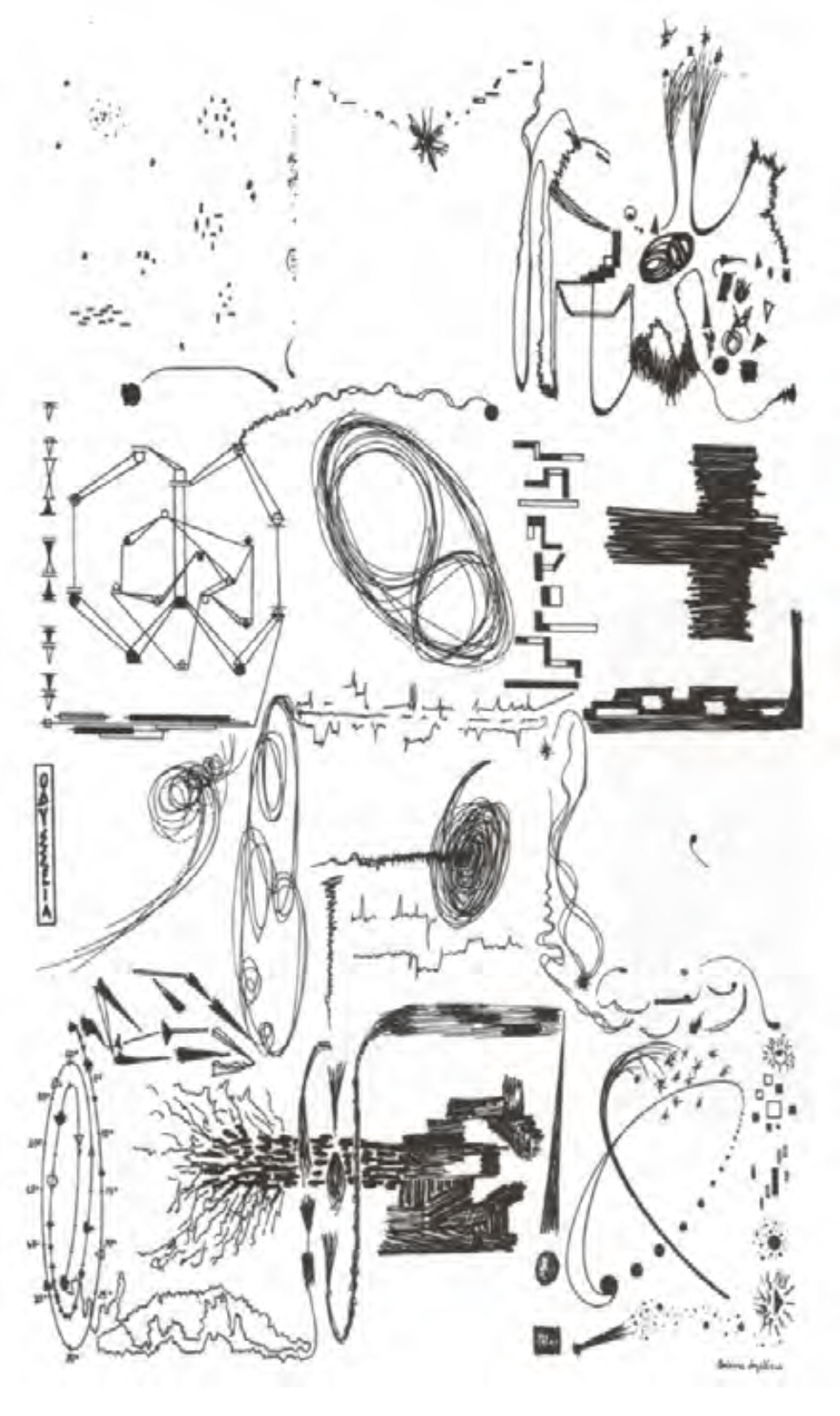
Figure: Graphic score Odysee (1963) by Logothetis.
Source: Making Graphical Score More Accessible: A Cast Study by Christina Karpodini and Tychonas Michailidis, School of Computing and Digital Technology, Birmingham City University, Birmingham, UK
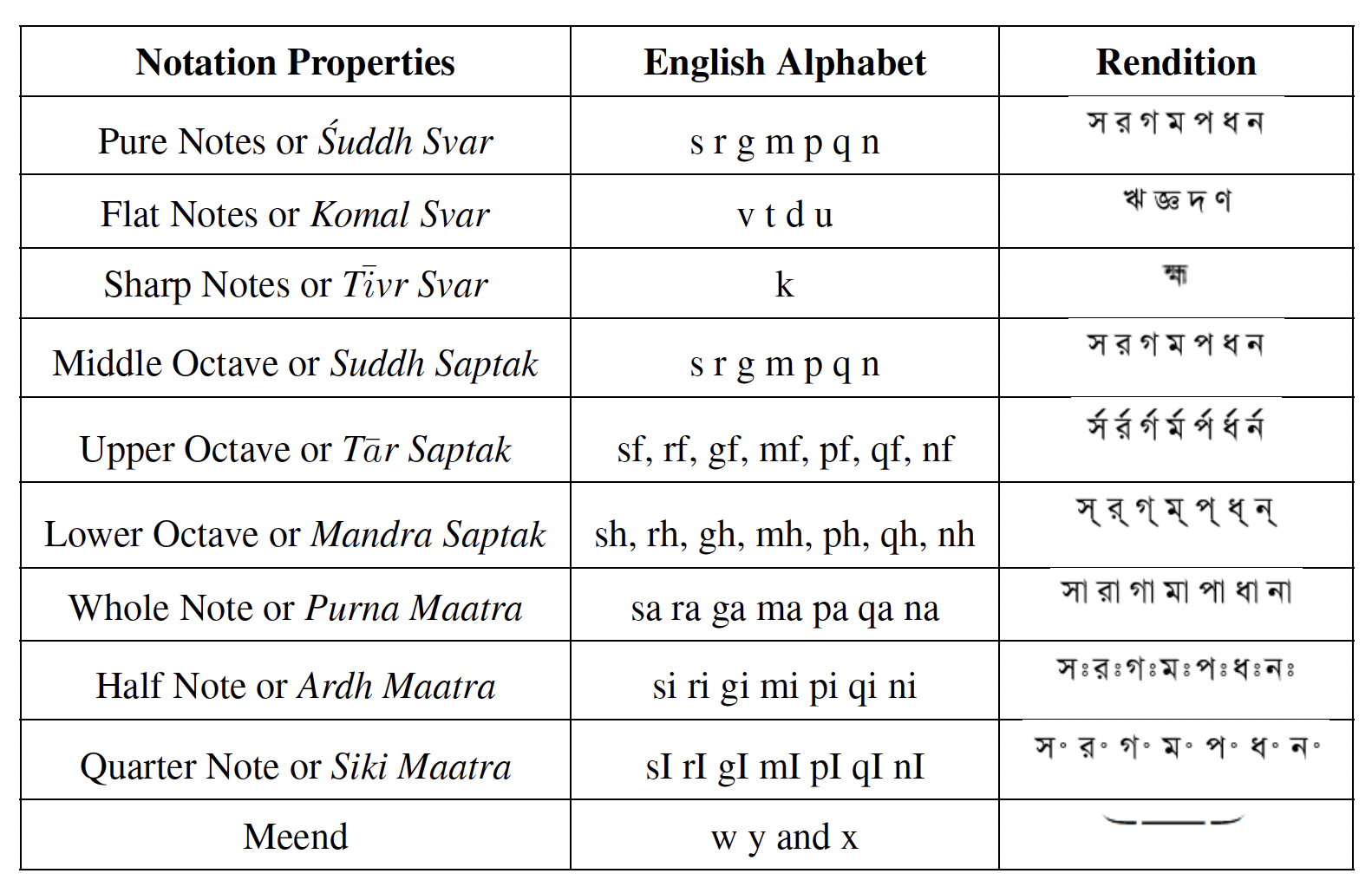
Figure: Notation symbols in the Akarmatrik notation system and corresponding English alphabets and symbols in Sangeet-TEX.
Source: Sangeet-TEX: A Latex Engine for Transcribing and Rendering Indic Music by Chandan Misra, XIM University, Bhubaneswar, India
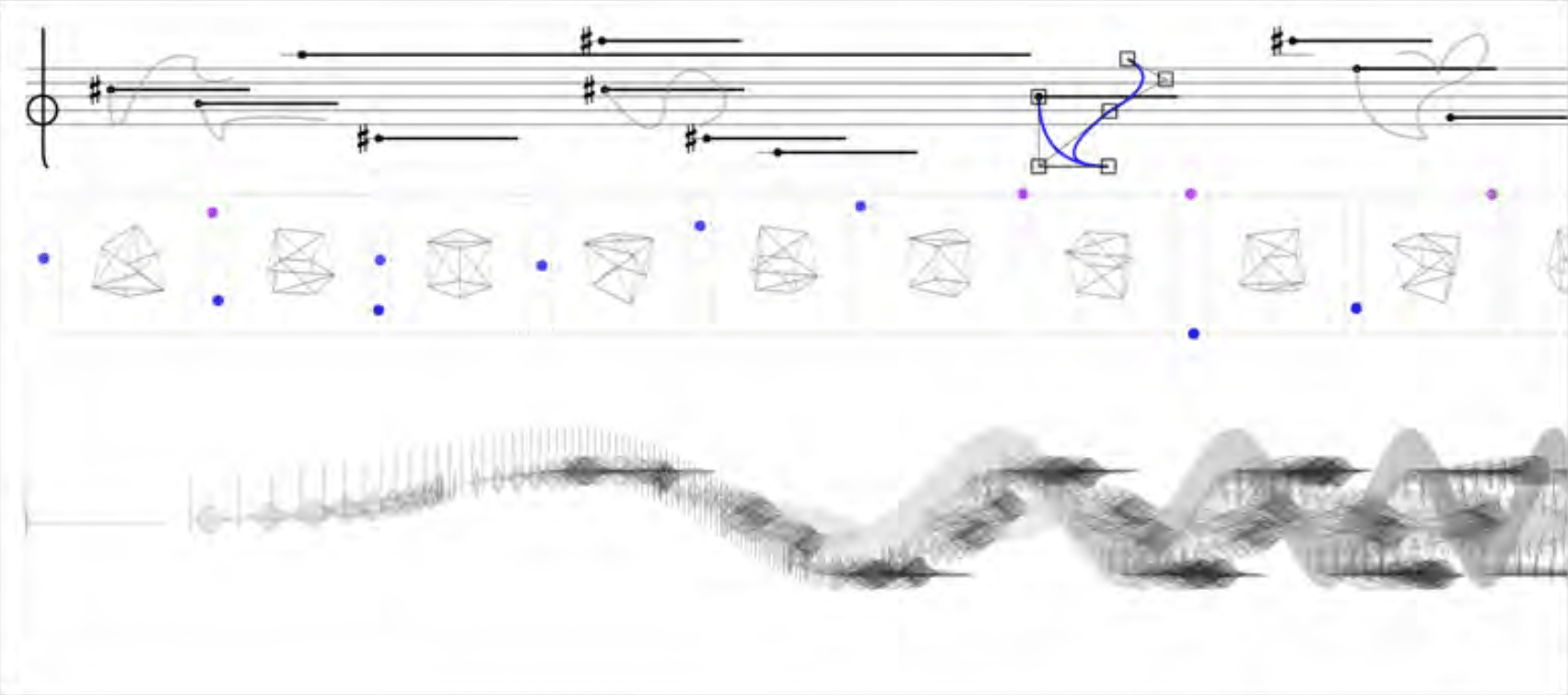
Figure: SYMBOLIST screenshot, showing some different types of staves, and editing capabilities.
Source: SYMBOLIST Re-Imagined: Bidriectional Graphic-Semantic Mapping for Media Notation Authoring and Performance by Rama Gottfried, Hochschule für Musik und Theater, Hamburg, Germany
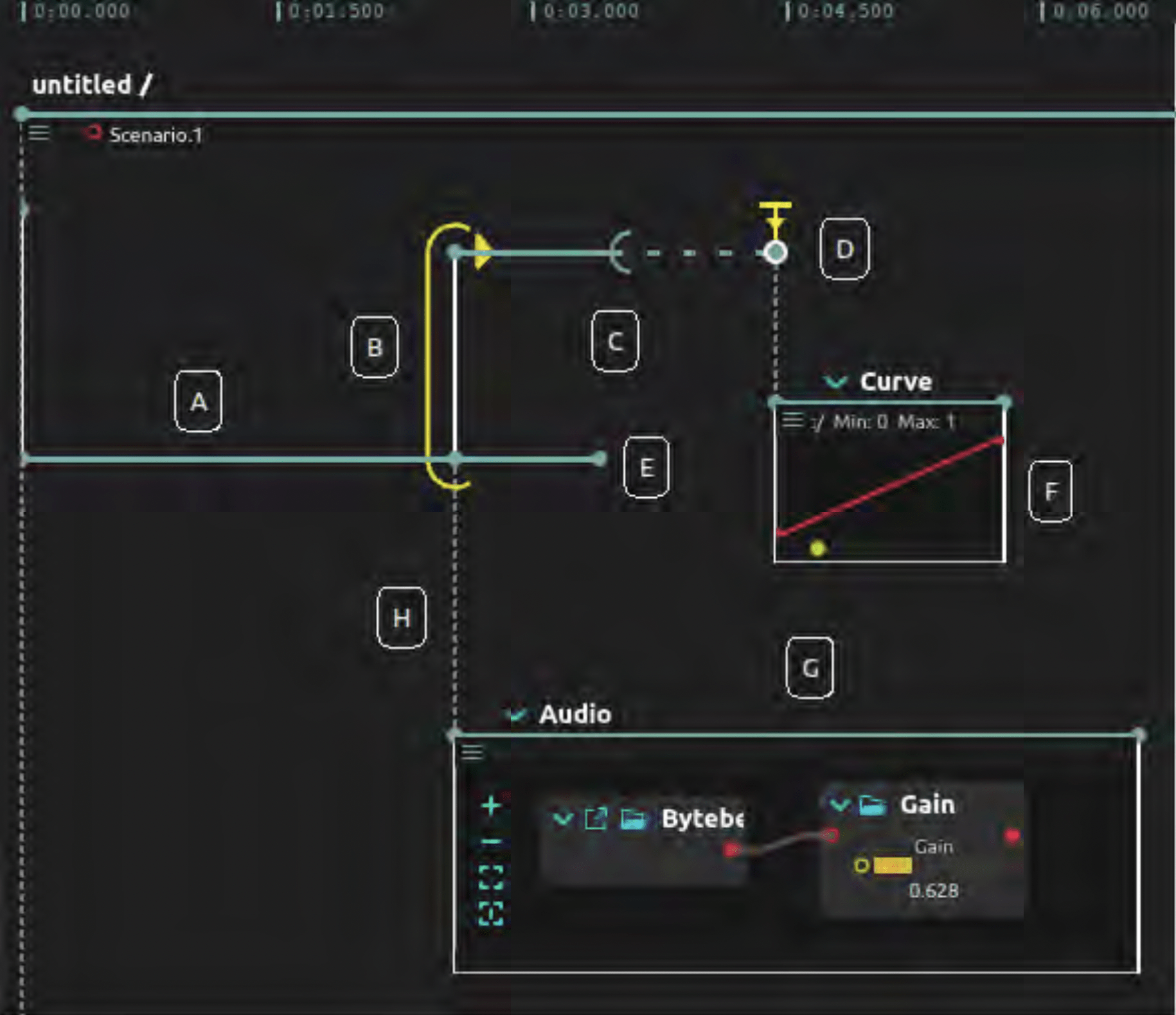
Figure: Visual syntax of ossia score. A: an interval of fixed duration. B: a condition. C: an interval of variable duration; the minimum can in this example be adjusted with a visual handle. D: the blue dot is a state. The white circling around it indicates that the state contains messages to be sent. The yellow T on top indicates a trigger. E: an empty state. F: an interval which contains an automation process. G: an interval which contains two connected audio processors, represented as dataflow nodes. H: a time sync. Note that this score is itself contained in a scenario process, itself a child of an interval which is the hierarchical root of the score.
Source: Ossia Score 3 by Jean-Michaël Celerier, Talence, France; Myriam Desainte-Catherine (University of Bordeaux), Talence, France; and Pia Baltazar, Talence, France
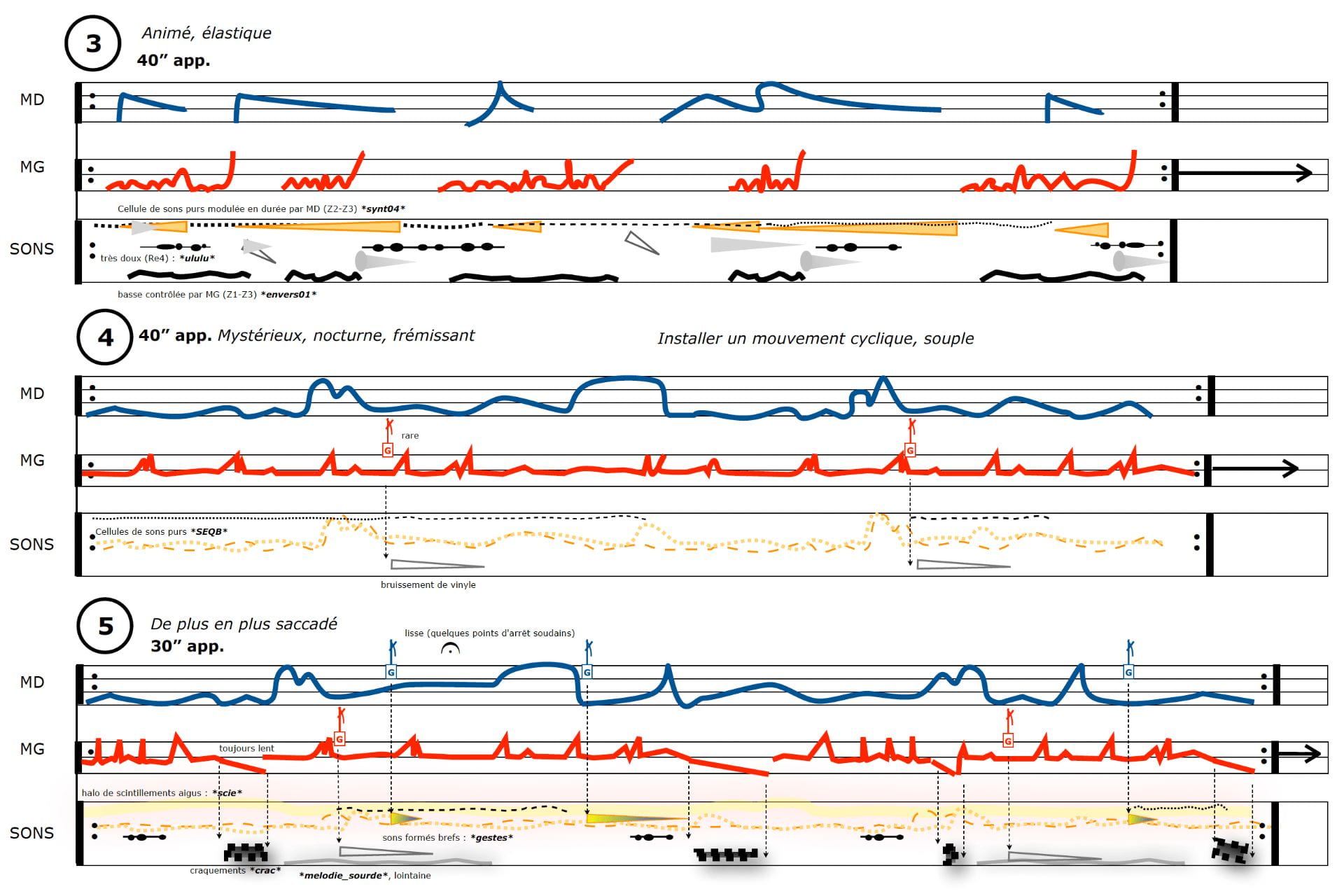
Figure: Excerpt from Toucher (2009) for theremin and computer by Vincent-Raphaël Carinola. The notation used in the graphic score shows in part this double aspect: the two upper staves indicate the global movement that the hand must make between the different zones, represented by the lines of the staff; the lower staff represents the sounds produced.
Source: On Notational Spaces in Interactive Music by Vincent-Raphaël Carinola, ESM-BFC (Dijon), Université Jean Monnet (Saint-Étienne) France; and Jean Geoffroy LiSiLoG, CNSMDL, Lyon, France
Registration for TENOR BOSTON 2023 is now OPEN
Full Registration (before April 15, 2023) is: $150. Students and independent artists: $50. Remote participation: $100. Full registration includes morning and afternoon coffee, tea, snacks; lunch will also be provided; and offers access to all papers, demos, workshops, and concerts.
Contact Us
Northeastern University
Music Department
Rm. 354 Ryder Hall
11 Leon St.
Boston, MA 02115
Longy School of Music of Bard College
27 Garden Street
Cambridge, MA 02138
New England Conservatory of Music
290 Huntington Ave.
Boston, MA 02115
